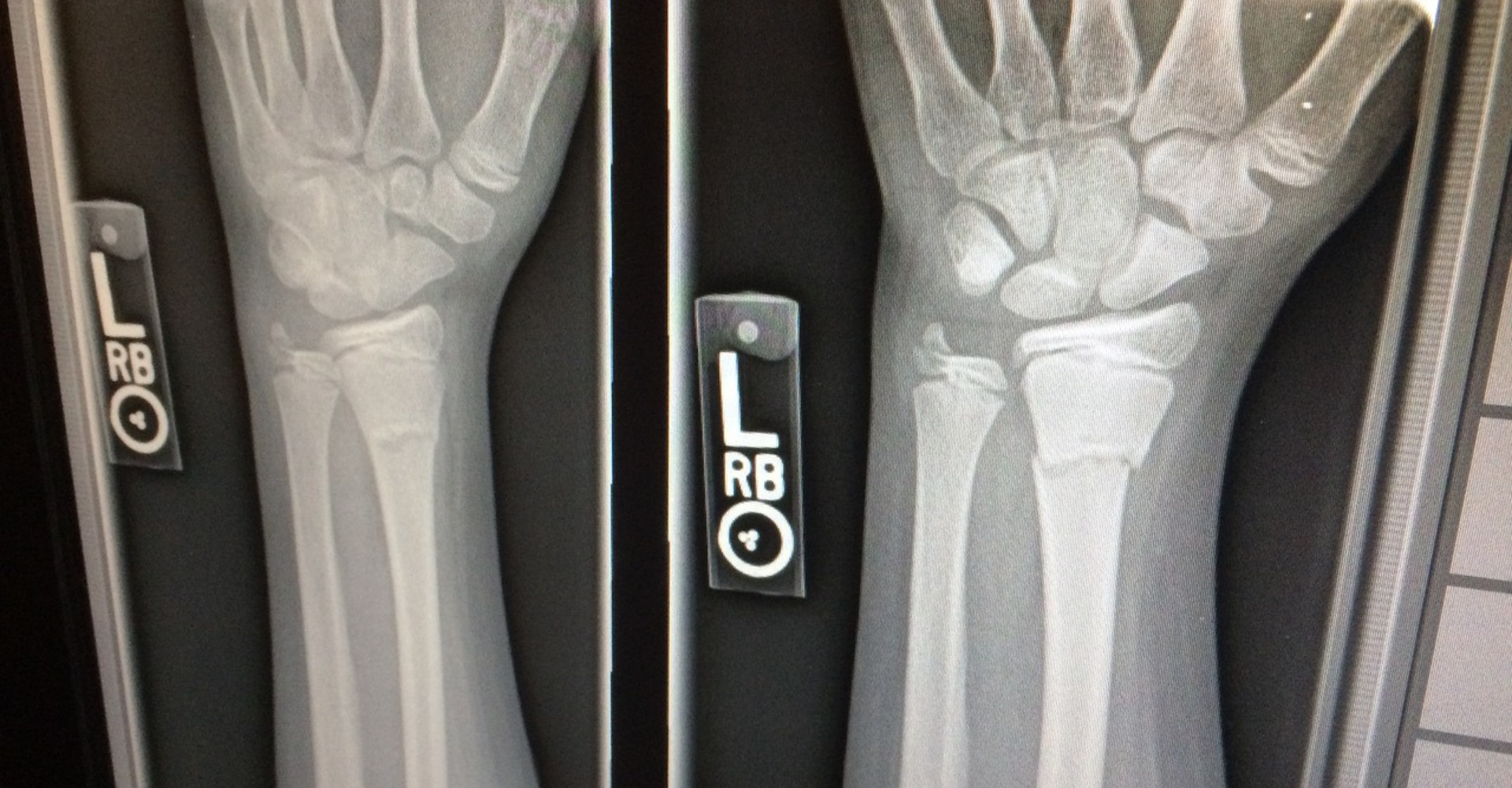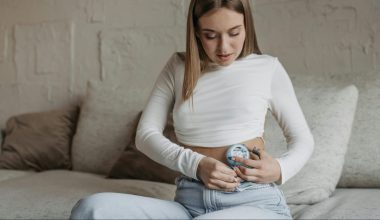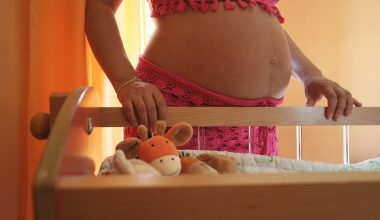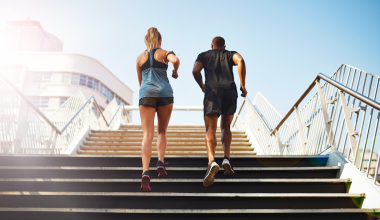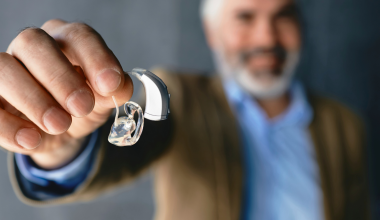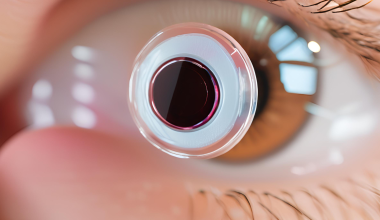We’ve all heard of the many benefits of physical activity and of generally staying active. But did you know it can lower your risk of developing osteoporosis, as well?
- By building up your bone mass density through diet and exercise in your 20s, you may avoid loss of bone density as you age.
- Try to do full body workouts as much as possible to stimulate the density of specific bones.
- Calcium and vitamin D are essential for creating strong bones.
- Regular weight bearing exercise is crucial for perimenopausal and menopausal women as this is when bone loss can increase rapidly due to a sharp decrease of estrogen.
Active aging is a way of working towards maintaining your full potential so you can stay independent and participate in your life as you age. The goal is to improve your mental, physical, and social capabilities, according to the World Health Organization.
While osteoporosis affects both men and women, women tend to have a lower bone density than men, which puts them at a higher risk for developing the disease.
Graph curtesy of NIH.
After the age of 50, Canadian women have a 25% chance of developing osteoporosis, and men have a 13% chance, according to the Government of Canada.
Active living can help maximize your bone density and prevent premature loss of bone mass, leading to stronger bones as you age. And it doesn’t require daily sweating. The Government of Canada states that for people aged 65 and older, as little as two and a half hours of moderate to strenuous activity per week is enough to improve your health.

Complications of Osteoporosis
“Osteoporosis occurs when the creation of new bone doesn’t keep up with the loss of old bone,” according to Mayo Clinic.
The most common signs are:
- Back pain, caused by a fractured or collapsed vertebra
- Loss of height over time
- A stooped posture
- A bone that breaks much more easily than expected
A study by Gambacciani and Levancini states that untreated osteoporosis can lead to permanent changes in your physical appearance due to changing bone structure after healing from a break.
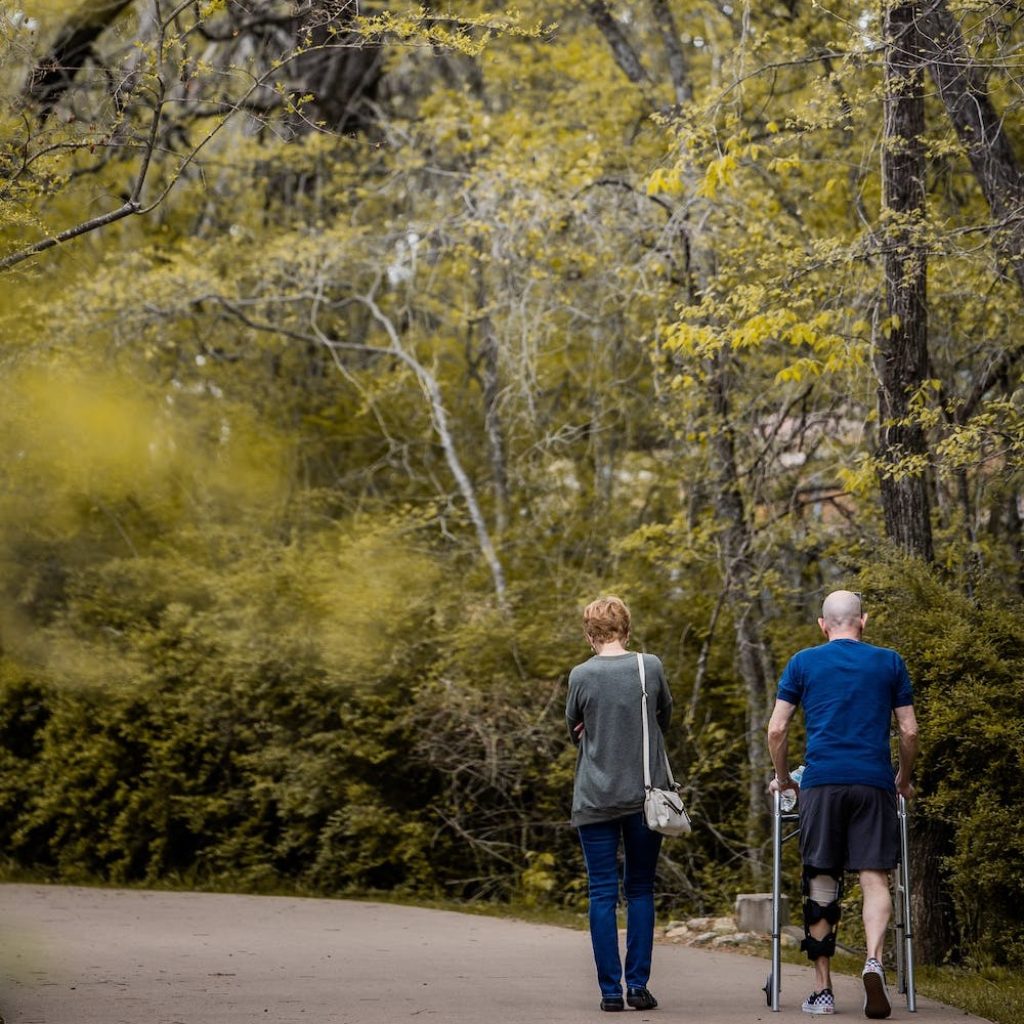
Doctors can prescribe medications to help rebuild bone mass. These should be supported by lifestyle choices that keep you active. Unless otherwise directed by their doctor, people who are successfully managing their osteoporosis should be able to continue participating in their usual physical activities.
Use it or lose it
Mackenzie Keller studied bone health while completing her Graduate Diploma in Sports Performance at Limerick University and currently works at Triathlon Ireland.
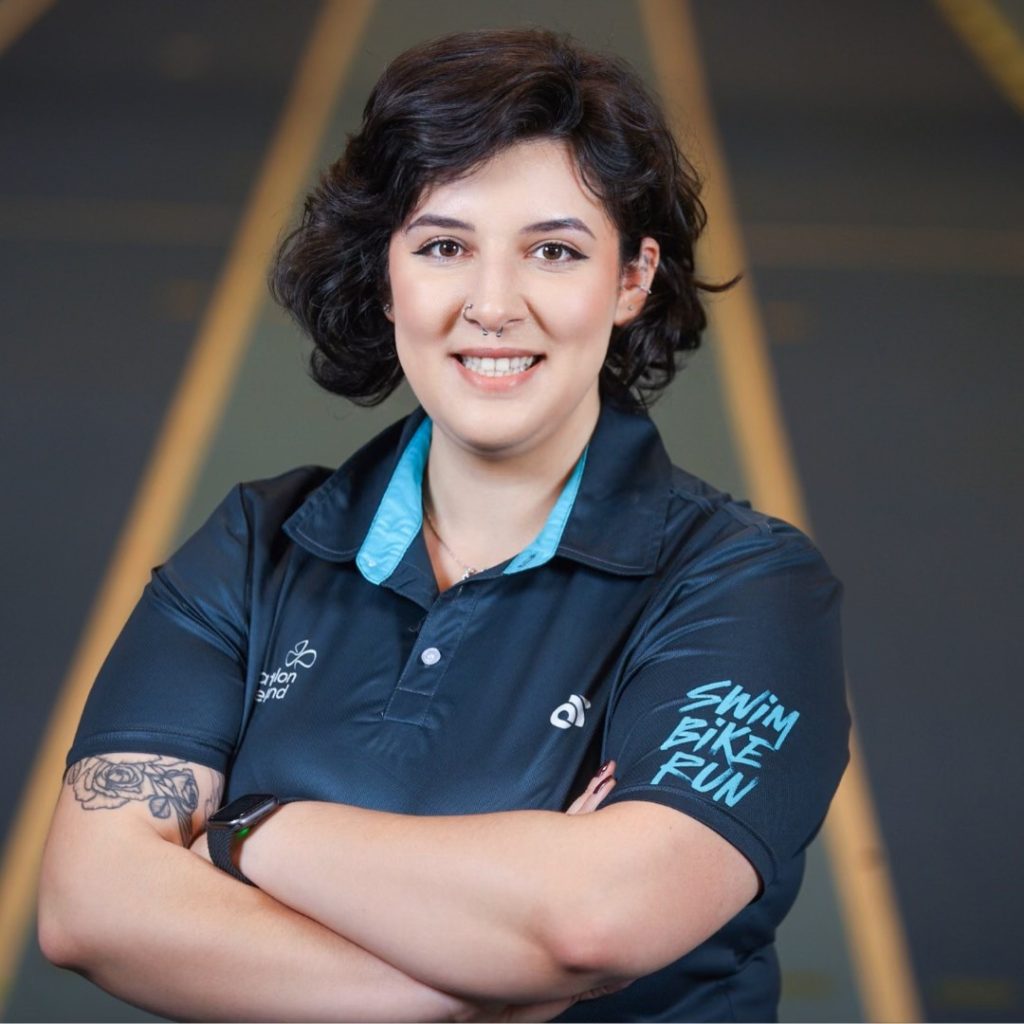
She explained that throughout our lives, our bones are constantly undergoing a process of remodeling and deteriorating. As kids, we gain more bone than we lose, but as we age the rates adjust.
We can achieve peak potential bone mass between 20 to 30 years old. After that, we lose more bone than we gain.
“The way to slow down this process of losing bone mass is by making sure you achieve the highest peak bone mass you can as you grow,” Keller said.
By creating more bone density, you are able to go longer without feeling the negative side effects of losing bone mass.
Keller continued that to build bone mass, you need to stimulate the bones during exercise. These kinds of exercises break down the bone. Cells inside the bones will then signal to the brain that the body needs to create more bone cells at a higher rate than they’re being destroyed to make up for the loss and to gain strength.
Exercise
Exercises that stimulate bone cells are weight bearing and high impact exercises like running and jumping.
Grace Bresar is a personal trainer at Columbus Centre Gym studying kinesiology at York University. She specializes in training clients with injuries.
Depending on your current activity level and weight, bodyweight exercises may or may not be enough to stimulate bone growth.
For those with lower body weight, Bresar recommended increasing the time spent under tension during bodyweight exercises. For example, when doing a pushup, lower your body down slower than you normally would, pause at the bottom, and raise up slower than normal.
Keller recommended people with lower body mass include more jumping exercises to increase the force exerted on the bone.
For people who are just getting into exercise or who have osteoporosis, Bresar recommended starting with gentler forms of movement like yoga, aquafit, and mobility workouts.
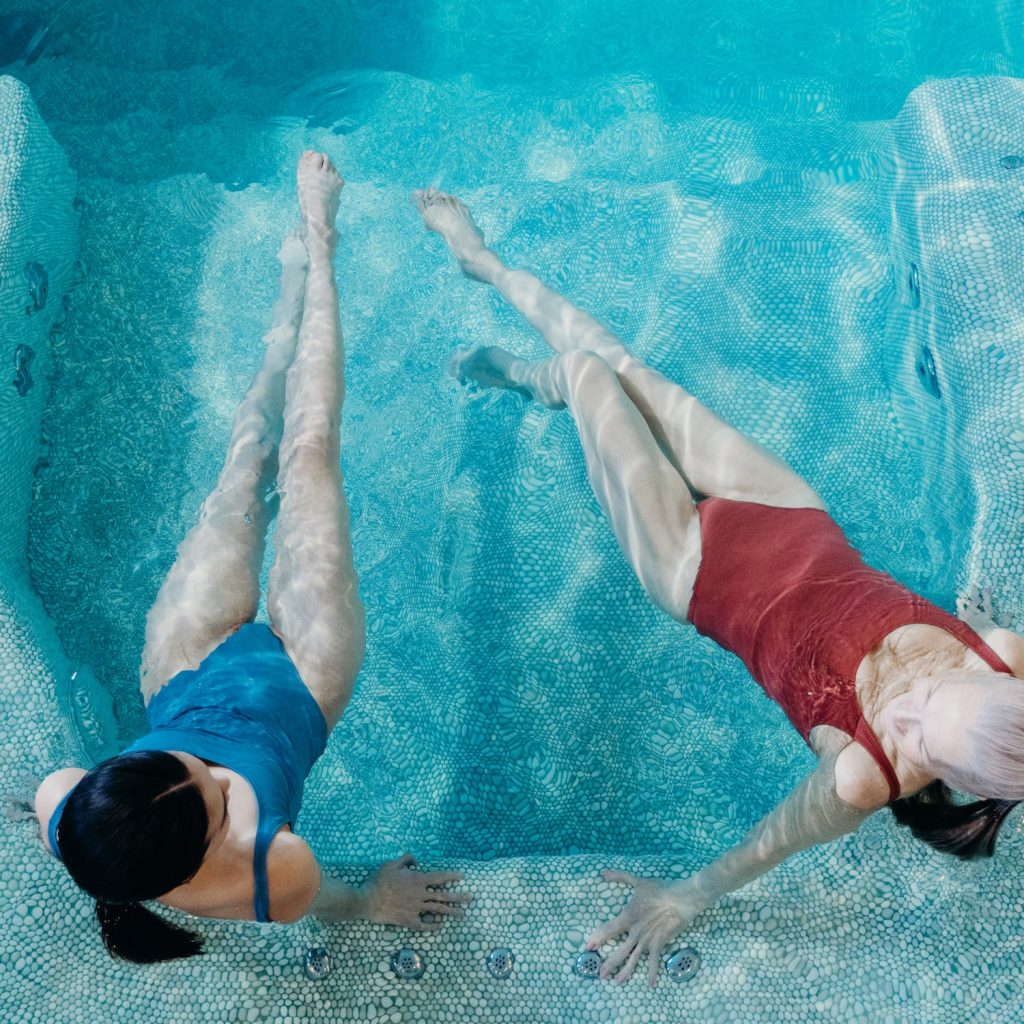
Aquafit is especially helpful for seniors and people with injuries. Bresar explained that the water takes the weight off of your joints to avoid any associated pain, but offers enough resistance that it still stimulates muscle and bone growth.
Keller recommended to try as much as possible to do whole body exercises, such as playing tennis. Bones only grow when stimulated, so if you only work on legs, the rest of your body will not benefit in terms of building bone mass.
Remember that exercise doesn’t happen in a vacuum and will affect more than just your bones. Take any other health conditions into consideration when creating an exercise plan.
Most people do not need to worry about overtraining bones. While it is possible, it typically only affects high performing athletes who have been overtraining for years.
Keller and Bresar emphasized the importance of just staying active in your daily life, even if you’re not exercising. Bresar suggested that an easy way to get more active is unstructured physical activity. This includes gardening, chores, and she even described using a glass for water instead of a water bottle so you have to stand up to refill it more often and will need to get up to urinate more often, too.
Diet
In addition to exercise, diet can play a role in aging well and lessen the risk of osteoporosis. Making sure that your body gets enough vitamin D and calcium is an important first step to maintaining bone mass.
Osteoporosis Canada lists how much calcium and vitamin D Canadians need.
Calcium:
Adults between 19-50 years of age require 1,000 mg of calcium daily, and those over 50 require 1,200 mg calcium daily.
Vitamin D:
Healthy adults between 19-50 years of age, including pregnant or breastfeeding women, require 400 – 1,000 IU daily. Those over 50 or those younger adults at high risk (with osteoporosis, multiple fractures, or conditions affecting vitamin D absorption) should receive 800 – 2,000 IU daily.
Bresar also mentioned that taking creatine, calcium, and vitamin D supplements can help with both muscle and bone mass.
Hormone Replacement Therapy
Hormones are another factor in retaining bone mass. Mayo Clinic cites that a decrease in your body’s estrogen or testosterone can lower bone density in adults.
Studies have shown that hormone replacement therapy (HRT) is proven to help prevent osteoporosis in menopausal women or women nearing menopause.
Studies on the safety of HRT are still ongoing. In 2002, studies said there was a link between breast cancer and HRT, but “newer research that has followed women for a longer amount of time suggests the link between HRT and breast cancer risk is more complex than first thought, and using HRT remains a controversial topic,” according to BreastCancer.org.
Visit osteoporosis.ca for a list of medications available to Canadians suffering from osteoporosis along with their coverage by province.
As of 2022, many countries around the world have been facing a shortage of HRT because of a shortage of raw materials needed to make it, as reported by Globe Newswire. It’s unclear whether the issue has been fixed.
Taking Charge of Osteoporosis Prevention
Osteoporosis.ca says the following people should get a bone mineral density test:
- All women and men 65 years or older
- Postmenopausal women and men 50 – 64 with risk factors for fracture including:
- Fragility fracture after age 40
- Vertebral fracture or low bone mass identified on x-ray
- Parental hip fracture
- High alcohol intake
- Current smoking
- Low body weight, i.e. less than 132 lbs or 60 kg
- Weight loss since age 25 greater than 10%
- High risk medication use: prolonged glucocorticoid use, aromatase inhibitors for breast cancer, androgen deprivation therapy for prostate cancer
- Rheumatoid arthritis
- Other disorders that may contribute to bone loss
- Younger men or women (under 50) with a disease or condition associated with low bone mass or bone loss:
- Fragility fractures
- High-risk medication use (steroid use, aromatase inhibitors, androgen deprivation therapy)
- Rheumatoid arthritis
- Other chronic inflammatory conditions
- Cushing’s disease
- Malabsorption syndrome
- Uncontrolled hyperthyroidism
- Primary hyperparathyroidism
- Hypogonadism; Early menopause (< 45)
- Other disorders associated with rapid bone loss/fractures
Osteoporosis is preventable and manageable. Living an active lifestyle can go a long way towards protecting your bones, even after an osteoporosis diagnosis.
Talk to your doctor about how your hormones can impact your bone density, what prevention options are available to you, and if you are at risk of developing osteoporosis.
Take this test to learn if you may be at risk: https://osteoporosis.ca/risk/
The information provided on TheHealthInsider.ca is for educational purposes only and does not substitute for professional medical advice. TheHealthInsider.ca advises consulting a medical professional or healthcare provider when seeking medical advice, diagnoses, or treatment.

